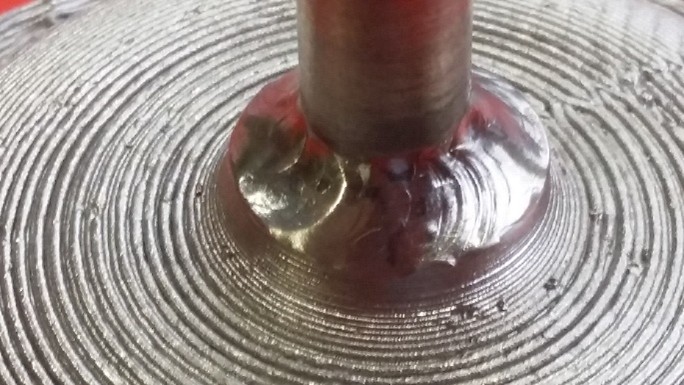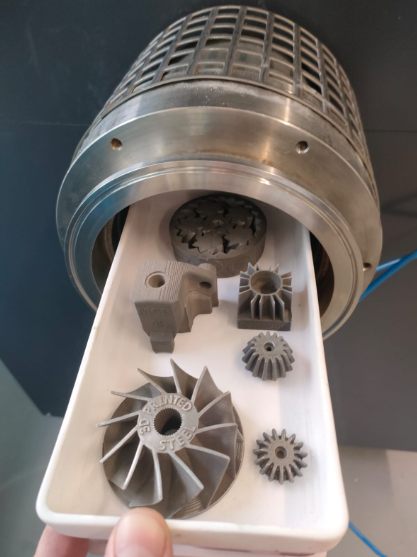Nanoe, the French company behind the Zetamix range of ceramic and metal filaments, has teamed up with core materials manufacturer Orano to develop new anti-corrosion materials for additive manufacturing. For presentation at Formnext 2025, the partnership has launched two new Zetamix filaments: Stainless Steel 304L and Monel 400, both tailor-made for Orano.
“One of the main advantages of our Zetamix 3D printing technology is its ability to print a wide range of materials,” said Guillaume de Calan, President of Nanoe. “We are very pleased to have been able to use our skills and know-how to support the French nuclear industry, which specifically requires specialized materials, be it metals or ceramics such as SiC. This is a great example of the type of collaboration we can build with industrial partners thanks to our Zetamix on Demand offering.”


Expanding 3D printing materials for nuclear applications
Founded in 2018, Zetamix develops metal and ceramic filaments for standard FFF 3D printers, complemented by dedicated sintering ovens to optimize post-processing. Through its Zetamix on Demand program, Nanoe works with industry partners to develop customized formulations using specialty materials such as Monel, 304L and Silicon Carbide (SiC).
The company has continually expanded its portfolio to include ceramics such as zirconia and alumina, as well as metals such as Inconel and 316L stainless steel. This expertise now underlies Nanoe's latest development with Orano, introducing filaments designed for high corrosion environments such as nuclear fuel electrolysis.
The nickel-copper alloy Monel is widely used for its corrosion resistance and plays a central role in Orano's nuclear fuel electrolysis process, where components are exposed to intense heat and chemical attack. Traditional manufacturing limited both design flexibility and lead time, prompting a shift to 3D printing to produce parts faster without compromising material performance.
The partnership also includes a 304L stainless steel filament for applications with lower corrosion requirements. Initial tests will focus on small research vessels that replicate industrial processes on a laboratory scale, with the aim of streamlining the production of prototypes, spare parts and other components for nuclear research and maintenance.
Jeremy Paul-Joseph, head of 3D printing activities at Orano Tricastin, added: “The possibility of 3D printing components directly in Monel opens up very interesting possibilities for Orano, both for prototyping and test bench manufacturing and ultimately maintenance. The partnership between Nanoe and Orano is a real catalyst for feasibility studies with specific alloys, with controlled costs and lead times compared to other additive manufacturing technologies.”


Additive manufacturing in the nuclear sector
Across the nuclear industry, additive manufacturing is becoming an important tool for developing new alloys and geometries that can withstand extreme temperatures and corrosion. Researchers at Oak Ridge National Laboratory (ORNL) recently demonstrated 3D printed capsules that can withstand reactor conditions, showing how advanced materials can improve performance and safety in demanding environments.
Similarly, the UK Atomic Energy Agency (UKAEA) is expanding its fusion manufacturing capabilities with dual 3D printing systems designed for high-temperature radiation-resistant components. Beyond materials, large-scale 3D printing in nuclear construction leverages new composite formwork methods that improve efficiency and reduce waste in the production of concrete infrastructure.
While you're here, consider subscribing to our YouTube Channel? With discussion, debriefings, video shorts and webinar replays.
Would you like to help shape the future of AM? Join the 3DPI Expert Committee.
The feature image shows a 3D printed part made from Monel. Photo via Nanoe.